The Netflix Sci-Fi Thriller That Changed Movie History
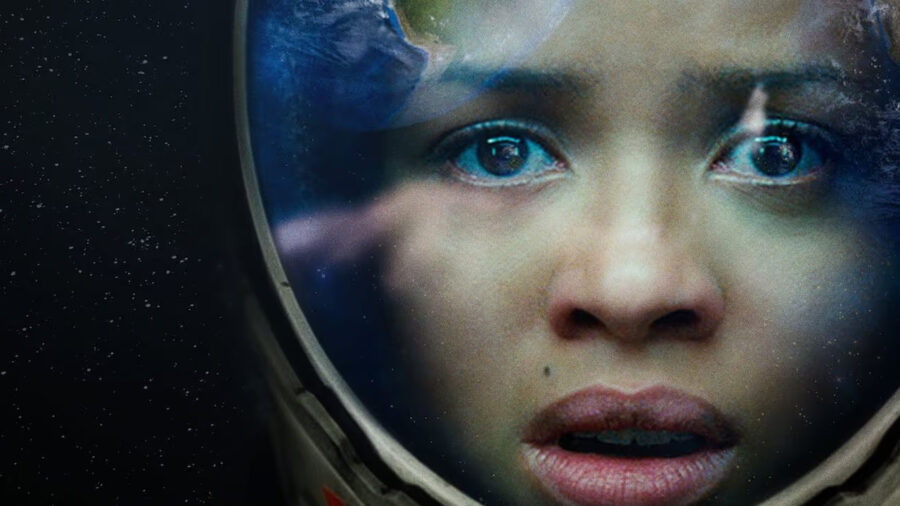
You might have slept on The Cloverfield Paradox when it first came out, but this sequel was much more than the third film in an innovative sci-fi franchise. When you stream this movie on Netflix, you’re doing more than watching the story of astronauts who must survive in a completely unthinkable scenario. You’re also watching a film whose clever marketing strategies ended up changing movie history.
What is The Cloverfield Paradox actually about? The plot centers on a group of astronauts conducting experiments aboard a space station in order to help solve our planet’s growing energy crisis. But after they use a particle accelerator, Earth appears to vanish altogether, leaving them to frantically discover what happened and hope against hope that they are able to return home.
The Cloverfield Paradox Didn’t Start Out As A Cloverfield Movie
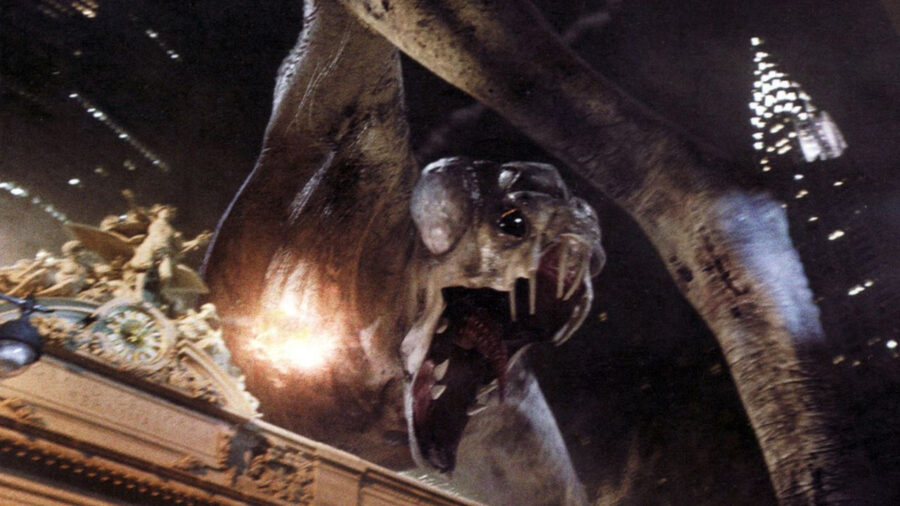
Part of what makes 2018’s The Cloverfield Paradox so fascinating is that it wasn’t originally written as a Cloverfield film. The first of director J.J. Abrams Cloverfield movies, called Cloverfield, was released in 2008 and involved a gigantic alien monster attacking the world and destroying cities.
The Cloverfield Paradox started out based on Oren Uziel’s spec script for God Particle, but during production, Cloverfield creator J.J. Abrams saw an opportunity to connect this new film to his franchise and create a larger cinematic universe. Somewhat ironically, this also happened with the previous film 10 Cloverfield Lane, which was developed from the script for The Cellar, a movie originally unrelated to the Cloverfield franchise.
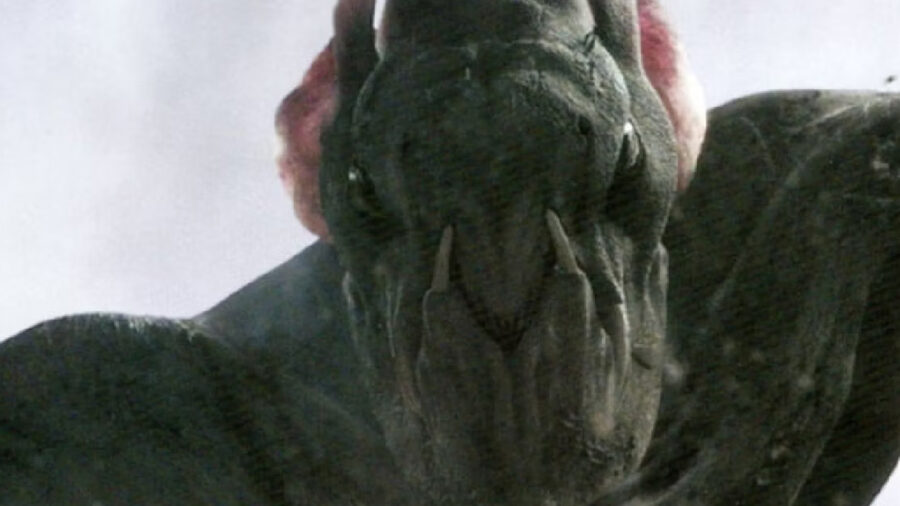
If nothing else, The Cloverfield Paradox is worth checking out because of the stars involved. Bradley Cooper does some killer voice work, and we also get another stellar performance (or should that be an interstellar performance) from John Goodman. Mary Elizabeth Winstead also shines in this film; between this and her great performance in that otherwise forgettable prequel to The Thing, she established her science fiction bona fides long before suiting up in Ashoka.
Changing The Course Of Movie History With Marketing

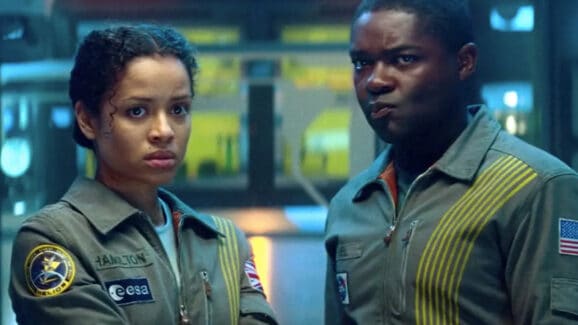
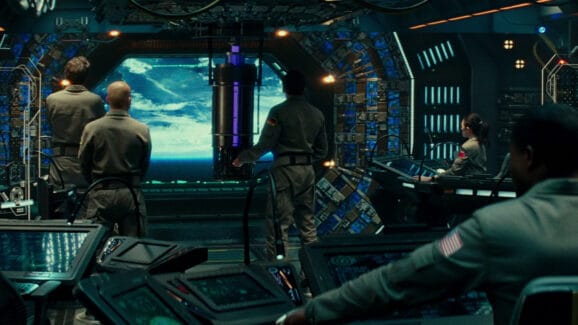
When it came to marketing The Cloverfield Paradox, the new film took very direct inspiration from Cloverfield. As with that original movie, the sequel utilized a viral marketing campaign that provided some crucial backstory about some of our key characters. To access and understand this backstory, though, fans had to put together many virtual puzzles, including a weirdly engaging augmented reality game.
The viral marketing and ARG elements were a great way to rope in the more dedicated fans, but what really set the marketing for The Cloverfield Paradox over the top was its Super Bowl trailer.
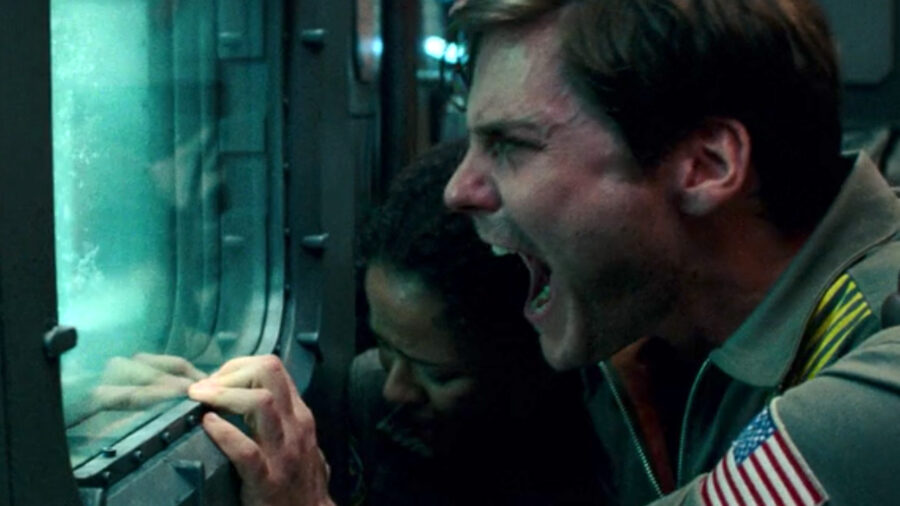


Nobody knew the trailer was going to drop during the big game, and the trailer further surprised fans by confirming the final name for the film as well as the fact that it would stream on Netflix. The biggest surprise of all, though, was that the movie was available to stream as soon as the game was over, meaning that Netflix subscribers who enjoyed the trailer didn’t have to wait to experience the whole movie.
In retrospect, The Cloverfield Paradox changed movie history by changing how studios market films as well as how audiences view them. Over half a decade ago, this movie’s surprise release on Netflix gave audiences a glimpse of a future which would increasingly be dominated by the digital distribution of movies. If you’d like to experience that future for yourself, all you have to do is stream The Cloverfield Paradox on Netflix today.











